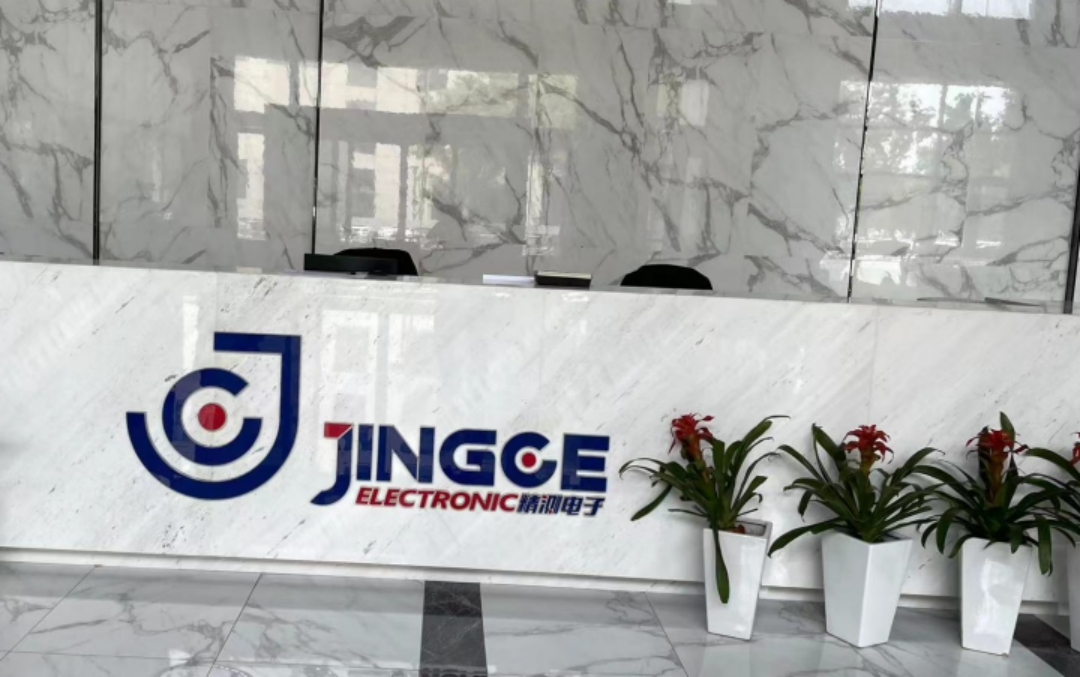If regulations as tough as those for semiconductor equipment are applied to display equipment and materials makers, it is difficult for Chinese companies to receive core materials and equipment for displays. For example, in the glass substrate domain, U.S. company Corning holds a market share of more than 70 percent.
Is glass material a concern? any supplier in China?
Breaking the International Monopoly - Triumph Technology Electronic Glass Domestic Substitution
3. Production barriers
The current pattern of the electronic glass industry is an oligopoly. Since electronic glass is a technology- and capital-intensive industry, patent barriers are high, and technological breakthroughs are difficult, thus forming a monopoly. According to institutional statistics, in 2020, the top five manufacturers of electronic glass in the world will occupy more than 95% of the overall market. Corning, which ranks first, almost monopolizes the high-end market, while the company's output only accounts for 35% of the total output. 55%.
In terms of technology gap, Corning began to build the world's first G10.5 display glass substrate factory in Hefei in 2015. Domestic manufacturers have only independently developed and mass-produced G8.5 display glass substrates in the past two years.
The production barriers of electronic glass are mainly reflected in three aspects: formula, technology and capital.
(1) Recipe barriers. The chemical composition of glass directly affects various properties of glass. In production, the composition of glass is often adjusted to adjust performance and control production. For example, calcium oxide is an important component to stabilize glass, and it also has the effect of reducing the viscosity of glass during melting, promoting melting, and improving devitrification, but it tends to hinder the exchange of alkali metal ions, so when it is necessary to increase the depth of ion exchange (DOL), it is necessary to reduce its content, and increasing the aluminum content can enhance its ion exchange performance, but too high aluminum content will also increase the viscosity of the glass, resulting in increased production difficulties and increased costs.
In general, the formulation of glass is the result of making trade-offs after considering various factors. A good and stable formulation is the basis for making glass, which is especially important for electronic glass that requires higher quality, and this is also the The company's core secrets.
(2) Process barriers. The production process of electronic glass is mainly based on the overflow method and the float method. The overflow method is represented by foreign companies such as Corning and NEG. In addition to Dongxu Optoelectronics and Rainbow Group, the overflow method is also used in China, and most other companies use the float method. Law.
The two methods have their own advantages and disadvantages in different aspects. Mastering the molding method is only the foundation, and the key lies in the related equipment and processes. Taking Corning's overflow method patent as an example, many patents have been applied for its equipment design and process, and these require long-term independent research and testing by new manufacturers.
(3) Financial barriers. The manufacturing process of electronic glass is complex and requires special equipment. Therefore, building an electronic glass production line requires a huge investment and a construction period of 1.5-2 years. After the production line is completed, the product yield and production line must be considered. iteration problem. Take Caihong as an example. In 2010, Caihong raised 3.5 billion yuan to build 8 G5 and 2 G6 display glass substrate production lines. The production lines were just completed, but they were faced with the situation of elimination and the production capacity was lower than expected. Huge losses came.
Fourth, the prospect of domestic substitution of electronic glass
Corning has been on the G10.5 production line for 5 years. Domestic Dongxu Optoelectronics, Triumph Group and Rainbow Co., Ltd. independently developed and mass-produced G8.5 display glass substrates in 2017, 2019 and 2020, respectively. It broke the monopoly of foreign companies on high-generation glass substrates. In general, although domestic enterprises have gradually caught up with the international first-line level in terms of product performance, the current products are mainly used in low-end models, and there is also a significant gap between the sales price and the yield rate of Corning.
On the other hand, China's large-size LCD production capacity has surpassed South Korea to become the world's largest, and the shipments of the four mainstream domestic mobile phone brands have increased from 9% in 2013 to 37% in 2020. In the world's largest new energy vehicle market, under the background of ensuring supply chain security, it is the general trend to increase the proportion of localization.
At present, Rainbow has built the first G8.5+ overflow method display glass substrate hot-end production line with independent intellectual property rights in China, and in the first quarter of 2021, benefiting from the high panel market boom, net profit has increased significantly, reaching 11.1 100 million yuan; Triumph Technology has ultra-thin flexible glass (UTG) technology, and its performance has reached the international average level.


